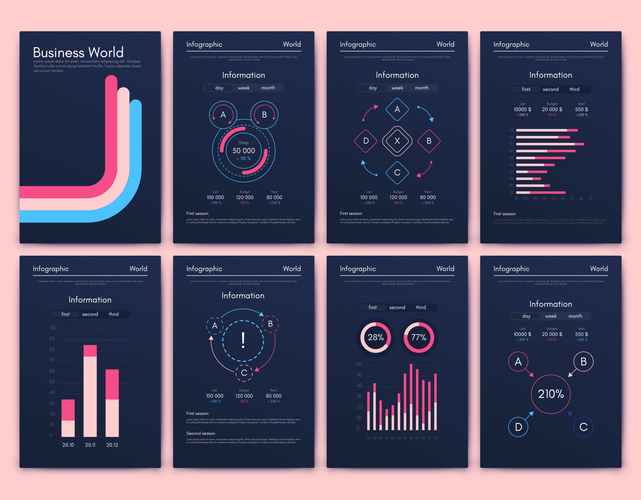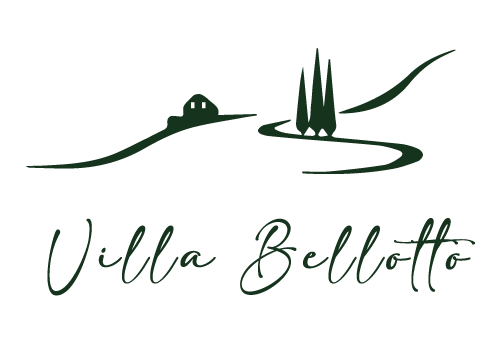CSS data types CSS: Cascading Style Sheets
In our example, it will target based on the attribute ‘type’, regardless of the element ‘input’. CSS Selectors help us to simplify our code and enable us to utilize and reuse the same CSS code for various HTML elements. They css web development help us in styling specific segments and portions of our webpage. They provide us with the option of uniformly styling similar elements in our web page. CSS selectors are thus, an important part of the learning curve of CSS.

This technique can be a benefit from a download speed and performance perspective. Some CSS 2 properties that no browser successfully implemented were dropped, and in a few cases, defined behaviors were changed to bring the standard into line with the predominant existing implementations. CSS 2.1 became a Candidate Recommendation on February 25, 2004, but CSS 2.1 was pulled back to Working Draft status on June 13, 2005, and only returned to Candidate Recommendation status on July 19, 2007. These data types are used to indicate quantities, indexes, and positions.
External Style Sheets
However, on the other end of the spectrum and at its most complicated, a website can more resemble an intricate application that facilitates simple human interactions and enables complex operations. Both of these extremes make use of semantic HTML tags that help describe what is being displayed, and both can benefit from intent-based styling. In formal syntax, data types are denoted by a keyword placed between the inequality signs “”. HSL is an abbreviation that stands for hue, saturation, and lightness. Here, we use it to specify colors, where hue is the color itself, saturation is the amount of gray, and lightness represents the brightness of the color. HSL uses these three values to define a color, making it easier to adjust the hue, saturation, and lightness of a color.
- DrawbackWe can use the currentColor keyword with other properties, such as background-color, background-image, box-shadow, and so on.
- Authors and Web site managers may share style sheets across a number of documents .
- A class may apply to any number of instances of any element.
- The above-shown code, which helps in setting the colour of the text to blue-violet and also changes the default font family to sans-serif is also a type of CSS that we are going to study.
- Inline CSS applies the style to a single element while that element is present in the body section.
There is a lot of time consumed by that and it is not the best practice for a good programmer and the code will be quite large and very complex. As you can use, when internal and external CSS styles are used for a web page, the internal CSS style will override the external CSS style. There is no need for creating and uploading a separate file for adding the CSS code. This type of CSS styling is used mainly for previewing/testing changes as well as applying quick fixes to a web page/website. HTML files leveraging external CSS have a cleaner structure and are smaller in size.
Properties
BCD tables only load in the browser with JavaScript enabled. This CSS code can be used to match the element having the id ‘box’, like in the following sentence. Language is specified using the tag in the section of the document.

This can be overcome by creating custom checkbox and radio button components that hide the form control and use other HTML elements to represent the visual metaphor, but this is not the job of base styles. Because these elements are simply used for grouping other tags, they don’t usually warrant any base styles; their styling will vary on a case-by-case basis denoted by classes. If, however, the tag is used as a visual container, it might benefit from having values set for margin and padding. Once a base style has been set on an HTML element it shouldn’t need to be redeclared unless the style being set differs for another intended use case. On the other hand, the RGB color model has some drawbacks, such as complexity, being less intuitive when compared to the color keyword method, and precision .
color: # CC3300;
One of the goals of CSS is to allow users greater control over presentation. Someone who finds red italic headings difficult to read may apply a different style sheet. Browser extensions like Stylish and Stylus have been created to facilitate the management of such user style sheets. CSS is designed to enable the separation of content and presentation, including layout, colors, and fonts. One is user defined style and other is browser default style. If more than one style is defined then which one will be followed?

For this there is a priority level defined and based on this priority the styles property gets included. The main difference between Inline, External and Internal CSS Styles is their location and scope of application. Inline CSS styles are included within the HTML document and are specific to individual HTML elements, allowing for targeted styling. Internal CSS styles are included within the head section of an HTML document and apply to the entire document, allowing for consistent styling across multiple elements. External CSS styles are stored in a separate file and can be linked to multiple HTML documents, allowing for global styling across an entire website.
Programming
The CSS ruleset places them before values, and a colon separates them from property values. There are several attributes for various HTML selectors and elements. By specifying the mediaattribute, authors allow user agents to load and apply style sheets selectively. This article explains the types and working of CSS and its top 20 properties you need to know. Therefore, CSS allows style rules to be specified in three different ways.
CSS lets authors move much of that information to another file, the style sheet, resulting in considerably simpler HTML. Anchor tags are commonly inline by default as they are used to modify text or other inline elements. Font-family, font-size, and font-weight could also be set, but more than likely values for these properties will be inherited. Example 4-4 shows how base styles can be applied to anchor tag elements. Following are some suggestions for how to approach defining base styles for different types of commonly used elements. Think about the majority of use cases the elements will be styled for, and that will provide guidance for the values that should be set.
Four Types of Cascading Style Sheets in Web Design
It means that developers can specify color values using commas and other separators between the parameters. It is a more human-readable syntax and makes it easier for developers to quickly change color values without having concern for syntax errors. In other to use this https://globalcloudteam.com/ new format, leave a space between the parameters and add a forward slash before the last parameter, which is the alpha channel. The color keyword is not limited to setting the color property but also defining other properties, such as background color and border color.
An Introduction to Container Queries in CSS — SitePoint – SitePoint
An Introduction to Container Queries in CSS — SitePoint.
Posted: Tue, 09 May 2023 13:27:34 GMT [source]
All minor and major changes for a website leveraging external CSS can be made merely by editing the single external .css file. To qualify for the external CSS style, a web page is required to be linked to an external file containing the CSS code. External CSS is a super-effective CSS styling method when developing a big website. You don’t need to create and upload a separate document as in the external style.
2.1 Setting the default style sheet language
A type that can accept a frequency or a percentage as a value. Angles are used in properties such as linear-gradient() and are a with one of deg, grad, rad, or turn units attached. These types are used to specify distance and other quantities. Url() A pointer to a resource, for example as the value of background-image. A quoted string, such as used for a value of the content property. Portions of this content are ©1998–2023 by individual mozilla.org contributors.
